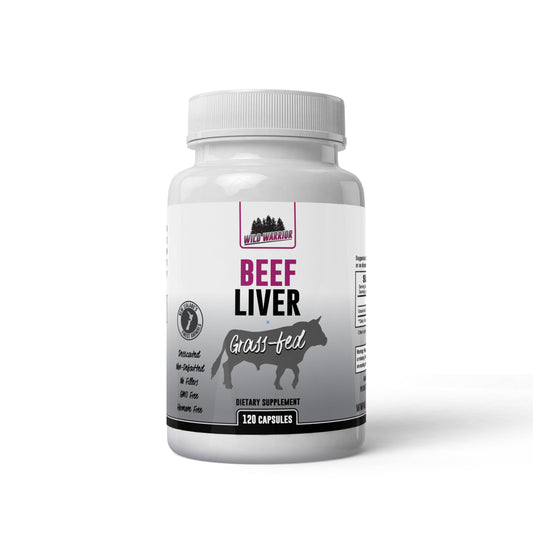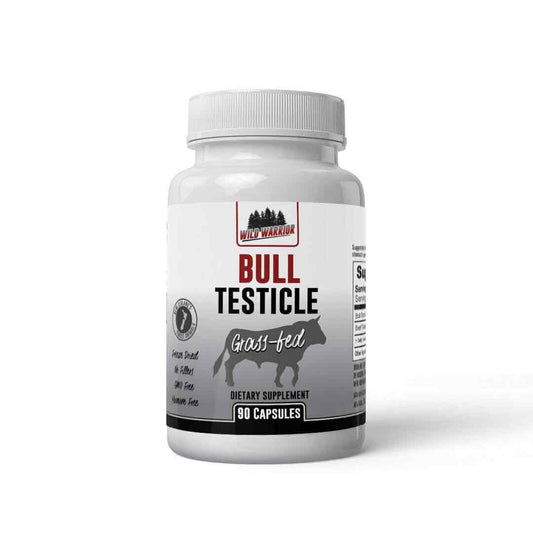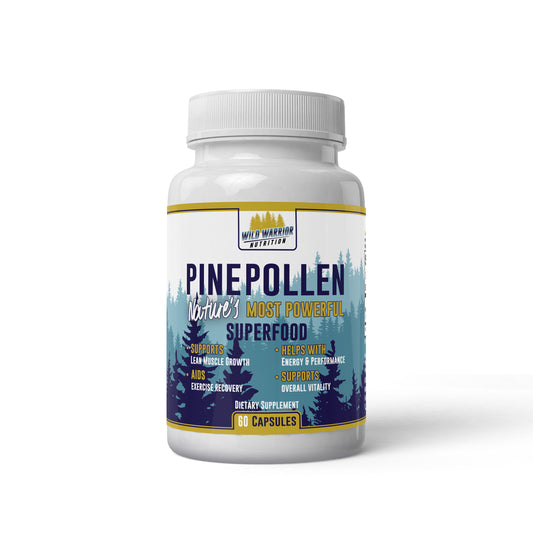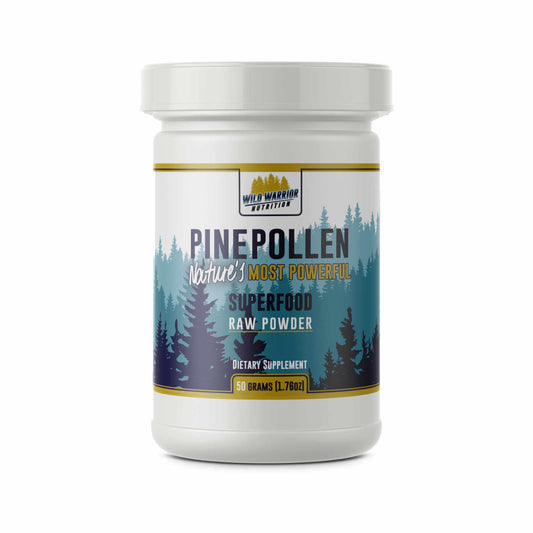The meaning of organ meats is hidden in the word "offal." The term means "off fall" and refers to those body parts of an animal that fall away from its body when it is butchered. These include animal body parts like feet, tails, and testicles. Any animal body part distinguished as offal is considered organ meat.
But conventionally, most people are used to consuming muscle meats and do not consider organ meats as a staple Western diet. Organ meats offer many benefits and high nutritional value, but they also carry some risks.
Organ meats usually have a high vitamin and nutrient content. Organ meats are also known as "superfoods" because of the high density of vitamins and nutrients. These include iron, vitamin B, copper, phosphorus, vitamin A, magnesium, vitamin D, vitamin K, vitamin E, etc.
Some risks of consuming organ meats include coming in contact with harmful bacteria if the intestines are not cleaned properly. Moreover, brain meat (a type of organ meat) can also become a transmitter of rare diseases, like the Mad Cow Disease. Despite their high vitamin content, organ meats are not considered by most to be an essential dietary component like muscle meats. However, that couldn’t be further from the truth.
Several types of organ meats are available in the market. These include the heart, kidneys, liver, brain, sweetbreads, tripe, tongue, etc. Many cultures across the globe prefer consuming entire animals- even using their blood, bones, and organs.
In the natural habitat, several predatory animals have been known to value specific organs of their prey. For instance, the predators prefer eating their prey's liver first because of its high nutritional value.
You can enhance the taste of organ meats by using CBD Oil (Cannabidiol) in their recipes. The use of CBD Oil in the UK is fast increasing. In this article, we have summarized some most common organ meats and their benefits as follows:
Organ #1: Liver
The liver is an intense source of vitamin A and is known as the most nutrient-dense organ meat. The liver of many animals contains high amounts of folic acid, zinc, vitamin A, and iron. Vitamin A is significantly beneficial for ensuring healthy eyes and helps tackle diseases that cause inflammation like Alzheimer's disease and Arthritis.
Liver meat also contains chromium and copper. It helps keep our heart healthy and increases the hemoglobin levels in our blood.
Organ #2: Kidney
Kidney meat contains the crucial omega 3 fatty acids and is rich in proteins and other nutrients. It also possesses anti-inflammatory properties that are, in turn, good for the heart.
Organ #3: Brain
Brain meat is also rich in omega 3 fatty acids. It also contains nutrients like phosphatidylserine and phosphatidylcholine. These benefit the nervous system. Moreover, the antioxidants found in brain meat help protect the spinal cord and human brain from damage.
Organ #4: Heart
The heart meat of animals is rich in iron, folate, selenium, and zinc. It also contains significant B-complex vitamins, namely vitamin B2, vitamin B6, and B12. These B-complex vitamins present in heart meat produce a cardioprotective effect and protect us from heart diseases. They are also linked with lowering high cholesterol, maintaining healthy blood pressure, and developing healthy blood vessels.
They also benefit the brain and have been proved to reduce the possibility of several conditions such as dementia, Alzheimer's, anxiety, and depression. Heart meat is also rich in coenzymes Q10 (CoQ10). This antioxidant helps treat and prevent several diseases, especially heart diseases. Additionally, CoQ10 has proven to delay the aging process and enhance energy levels.
Organ #5: Testicle
Bull testicles are loaded with vitamins, minerals, and protein. As mentioned earlier, the organs are the heart of the body (no pun intended), and keep the animal alive and healthy.
In terms of the testicles, aka Rocky Mountain Oysters, are great sources of key minerals required by the testes for optimal function; that is, zinc, selenium, iron, etc. Normal testicular function is essential for male health and reproduction, which is why getting these minerals is so important for optimal health and reproductive "DRIVE".
An analysis conducted by Colorado State University, confirmed bull testicles to be classified as either an "Excellent Source" or "Good Source", per the USDA guidelines, for a variety of vitamins and minerals, including: Vitamin K, Vitamin D, Vitamin B-12, Vitamin A, and Vitamin E. (Source)
Organ Meat Quality
Ensuring the quality of organ meat before consuming it is vital for your health. It is crucial to know how those animals were raised before getting slaughtered. Apart from the ethical and moral implications, consuming organ meats acquired from mistreated and stressed animals can be highly risky.
For instance, constant stress in animals can result in fatty deposits around their kidneys and heart. Naturally, the internal organs of an animal won't be healthy if it has led an unhealthy life. Thus, it is advised that you should only consume organ meats that come from a farm that frequently puts its animals out for pasture and employs organic practices.
A Note on Using CBD Oil in Cooking
One of the most common questions is, "Can one use CBD Oil in cooking?". The answer is yes. Anyone can cook using CBD oil and several other CBD products. You can make CBD edibles by adding or infusing CBD with several drinks and food items.
Moreover, there is no need for you to be a Masterchef for cooking some delicious cannabidiol-infused snacks. CBD oil is very adaptable and can be used in dishes without affecting their quality. Try mixing CBD Oil in your favorite organ meat recipe, and we guarantee that you will love the food even more!
You should note that CBD includes volatile compounds like terpenes that vaporize at even low temperatures. So ensure that you bake your recipe at a temperature that is not higher than the gas mark of 4/180° C. This is to ensure that the phytocannabinoid content present in CBD remains unchanged. To get the best texture and flavor from your CBD oil, try including it while cooking your food rather than drizzling it on top afterward. Mix it well with the other ingredients of your dish to avoid any wastage from the oil residue left behind on the cooking equipment or cutlery.
Christine Lowe via TheHealthStrength.com





